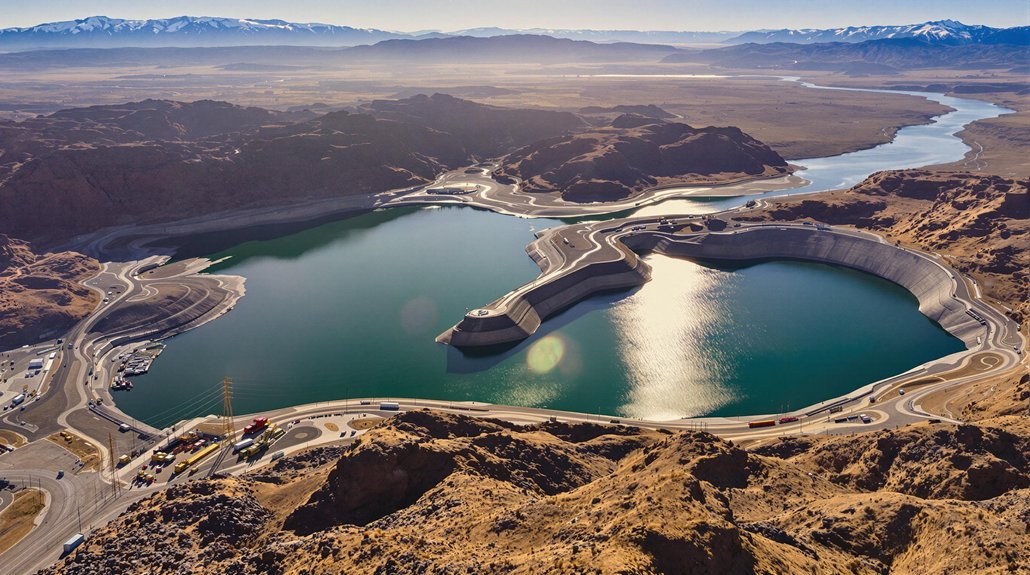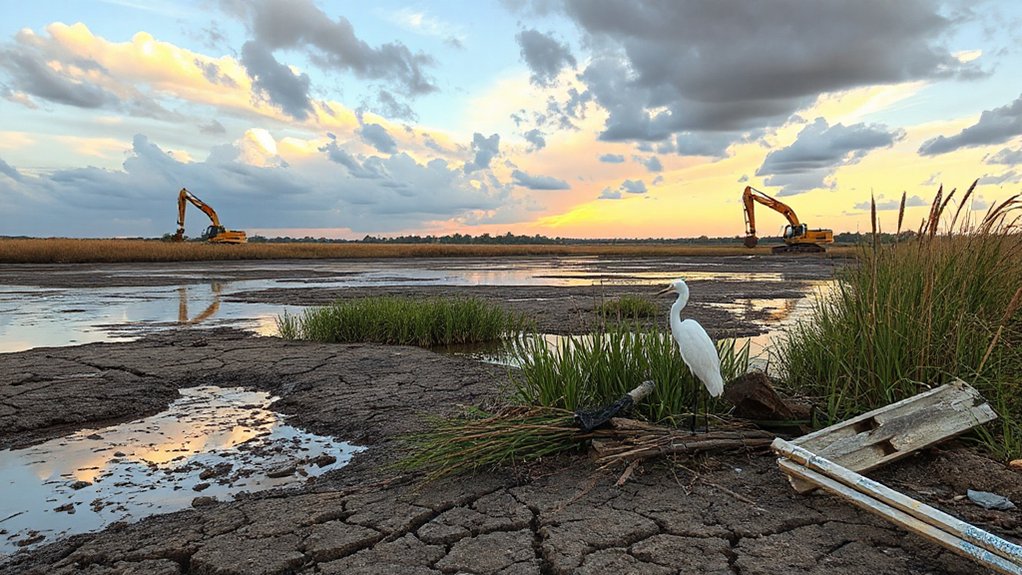Arctic ice is vanishing fast—half of summer ice gone in four decades. Multiyear ice dropped from one-third coverage to a pitiful 4.4% today. This meltdown has opened once-impossible shipping routes like
Nearly half the Arctic’s summer ice has vanished in just four decades. Let that sink in. What was once 6.85 million square kilometers of ice between 1979-1992 has shriveled to a measly 4.44 million square kilometers in recent years. The numbers don’t lie—a staggering 13% decline per decade since satellite tracking began.
Half our Arctic ice vanished in 40 years—a terrifying 13% decline per decade that our planet can’t afford.
Remember those sci-fi movies about polar ice caps melting? Well, surprise! It’s happening right now, not in some distant future. The last 14 years have set record lows in the 42-year satellite era. Funny how predictions become reality when nobody’s paying attention.
The really scary part? We’ve lost the good ice—the tough stuff. Back in 1985, one-third of Arctic ice was the resilient multiyear variety that had survived at least four summers. Today? A pathetic 4.4%. The multiyear ice coverage has dramatically declined from 2.5 million square kilometers in 1985 to less than 100,000 square kilometers in 2023. That’s like replacing your brick house with one made of straw.
Earth has shed 7.6 trillion tonnes of ice since 1994. Trillion, with a T.
These melting floes have cracked open shipping shortcuts once deemed impossible. The fabled Northwest Passage, which claimed countless explorers’ lives, is now occasionally navigable. Still, fewer than 400 voyages have made it through since 1906. Ice still makes these routes unpredictable deathtraps for shipping companies looking to save a buck.
Meanwhile, the melt creates a perfect storm for international tension. Russia, America, China—they’re all circling like hungry bears around a honey pot containing 13% of the world’s undiscovered oil and 30% of its natural gas. Nothing says “global cooperation” like a resource grab in a melting wilderness.
The environmental fallout is just as messy. Less white ice means more dark water absorbing heat. Polar bears lose hunting grounds. Ancient carbon cycles get disrupted. Communities closest to these changes face disproportionate health impacts similar to how air pollution affects marginalized populations worldwide. This dramatic shift marks a reversal of the post-Cold War stability that once characterized Arctic international relations. The Arctic’s climate-regulating abilities deteriorate with each melting season.
The great white north isn’t so white anymore. And everyone wants a piece of what’s left.








